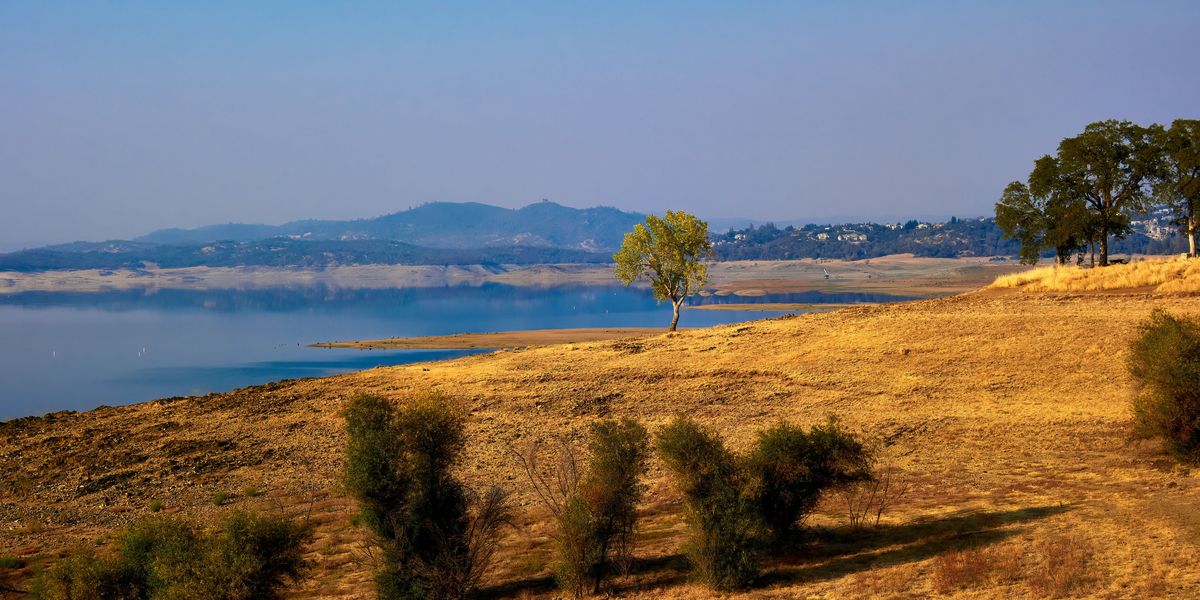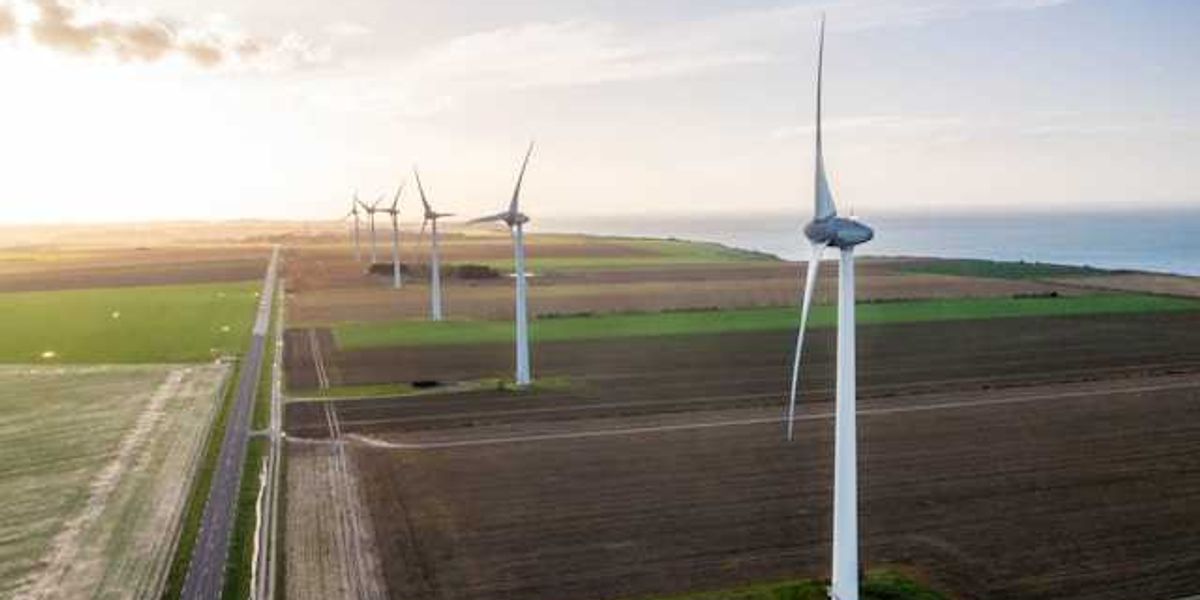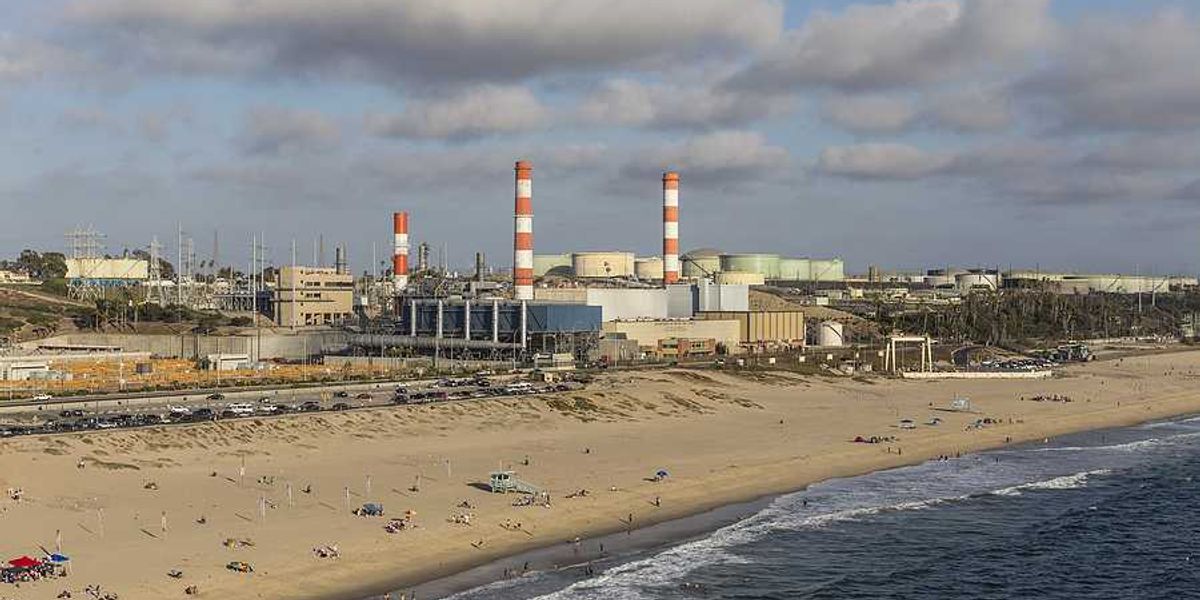
Humans may have caused decades-long drought pattern to become permanent
Greenhouse gas emissions appear to have locked the U.S. West into a long-term drought cycle by disrupting a major Pacific Ocean climate pattern, according to new research.
Sharon Udasin reports for The Hill.
In short:
- A new study finds that human-caused greenhouse gas emissions have locked the Pacific decadal oscillation (PDO) into a persistent negative phase since the 1990s, reducing precipitation across the western U.S.
- The PDO’s negative phase brings colder air along the U.S. West Coast, which holds less moisture, contributing to the ongoing megadrought affecting 93% of the region.
- Climate simulations show that prior to 1950, PDO shifts were mostly natural, but since then, human activity has driven nearly all forced changes in the pattern.
Key quote:
“The PDO has been locked in a consistent downward trend for more than three decades, remanding nearby regions to a steady set of climate impacts.”
— Study authors
Why this matters:
Drought in the American West is a growing crisis with consequences for millions of people, ecosystems, and the national food and energy supply. When natural climate cycles like the Pacific decadal oscillation become stuck in dry phases due to human influence, it means less water for farming, cities, rivers, and forests. Reservoirs drop, wildfires worsen, and fish and wildlife suffer. With the West already experiencing its driest conditions in over a millennium, understanding the roots of this shift — and acknowledging its link to fossil fuel emissions — makes it harder to dismiss the long-term environmental cost of inaction.
Related: Earth’s lands face increasing drought linked to human activity













